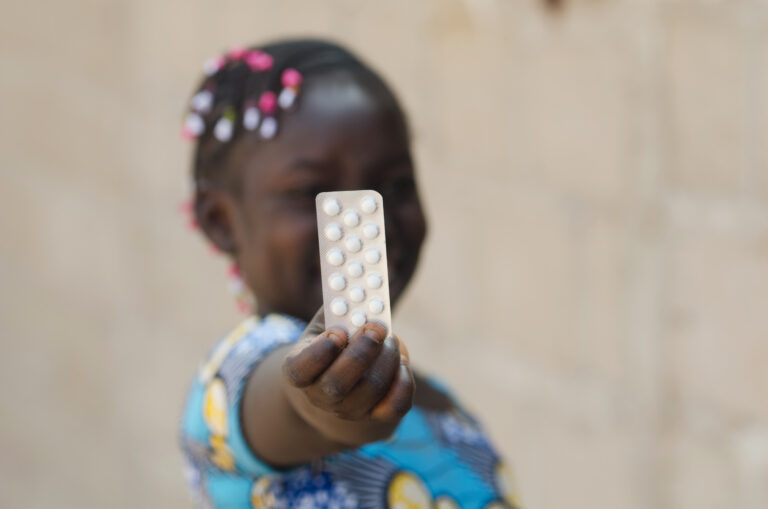Download the full report as a PDF (292KB)
Executive Summary
Proponents of “reproductive health care” assert that the 1994 population conference in
Cairo marked a watershed between two radically different approaches to reducing the fertility
of women in the developing world. They concede that, prior to Cairo, population control programs were driven solely by a narrow demographic imperative.
Following Cairo, however, they maintain that a broad approach to improving “reproductive
health” was adopted that not only encouraged smaller families, but also did so in the context of
providing “client-centered” programs that conferred significant health and welfare benefits to
their target population. They also claim that the rhetorical shift to “reproductive health” has led
to reductions in maternal mortality, infant mortality, and the absolute number of abortions.
These several claims are misleading, if not altogether false. The following report documents how:
- The careless administration of anti-fertility drugs and devices in the developing world has done grave harm to women’s health.
- “Reproductive health care” is not
health care. - Population control
cum
reproductive health programs has failed to address women’s real health needs, as they themselves perceive them. - The arguments used to support an exclusive focus on contraception and
sterilization (“latent demand,” and “unmet need”) are little more than
rationalizations used to justify a near exclusive focus on fertility reduction at the expense of primary health care. - Family Planning clinics make a pretense of offering primary health care
services in order to lure women in, at which time they are subjected to
pressure to accept “reproductive health” services. - “Reproductive health” programs, despite claims to the contrary, have
arguably led to increases in maternal mortality, infant mortality, and the
absolute number of abortions.
This report concludes that the health needs of women in the developing world could be better met by redirecting existing resources to primary health care, including obstetric care.
“… a poor and exploited woman who is sterilized is still poor and exploited. But with our
ideological blinders, all we see as the source of such a woman’s problems is her fertility. It is
but a short step, even in the name of compassion, to the coerced or forced administration of
birth control. If a woman’s problems are caused by her fertility, and if she refuses to acknowledge this reality, it is for her own good, so the reasoning [of the population controllers] goes,
to persuade, or demand, or force her to stop having children.”Angela Franks
Margaret Sanger’s Eugenic Legacy
L
| Health Program | Overall Mean |
|---|---|
| Malaria Eradication | 4.16 |
| Natural Family Planning | 5.23 |
| Clean Water Program | 5.30 |
| Measles Prevention | 5.54 |
| HIV/AIDS Prevention | 5.86 |
| Tuberculosis Treatment | 7.14 |
| Cholera Treatment | 7.32 |
| Polio Prevention | 8.38 |
| Leprosy Treatment | 8.44 |
| Yellow Fever Treatment | 8.91 |
| Sleeping Sickness | 9.32 |
| Syphilis Treatment | 9.89 |
| Gonorrhea Treatment | 9.97 |
| Any Other Programs | 11.04 |
| Reproductive Health | 13.66 |
Explanatory Note: The data on health needs
reported by respondents was entered into a database
and the mean rank order was calculated for each
category of health care. The higher the rank order
for a particular kind of health care (lower numbers),
the greater the need for such health care expressed
by the respondents.










